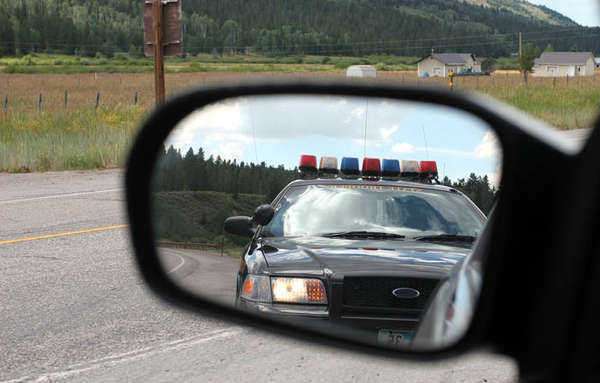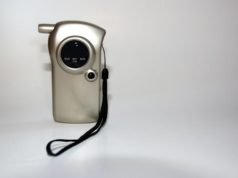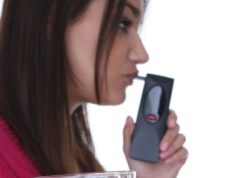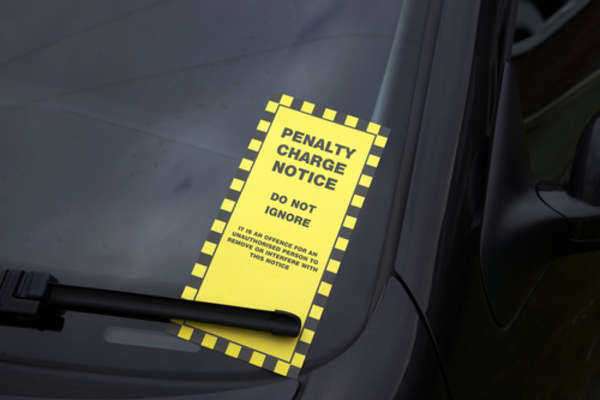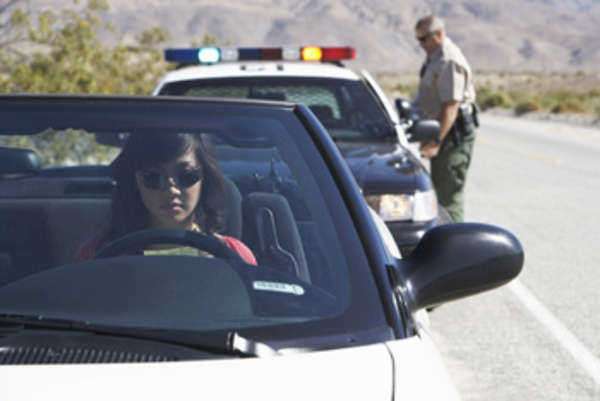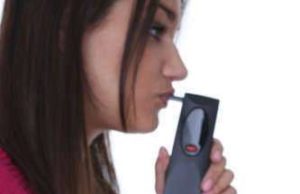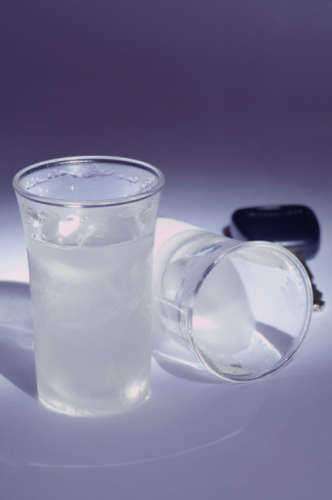
As helpful as breathalyzers have been in the testing of people thought to be intoxicated, like any other machine, they have a room for error. THeir accuracy can sometimes be argued in relation to a product the person was using prior to the test. This is why the only highly accurate test for blood alcohol concentration is a blood test.
Breathalyzers have a margin for error if they find a certain compound in your breath. Infrared breath testers search for and detect for compounds that contain methyl alcohol (ethanol), methyl group structure, that reside in alcoholic beverages. The thing is, that anywhere between 70 and 80 of the same compounds that are found in a methyl group structure, can exist in the breath of a human at any given time.
This can lead to an incorrect detection as ethyl alcohol, giving an inaccurate and false reading to the breathalyzer. The compounds in a methyl group are: Propylene, Propane, Methane, Isopropyl Alcohol, Ethyl chloride, Ethate, Dimethylhydrazine, Dimethylether, Dimethylamine, Butadiene, Butane, and Acetic Acid. Also, people that are diabetic or dieters tend to have acetone level higher than other people, and hundreds or thousands of times higher. False readings can also come from food or drink. For example, you can take a sip of a drink and then drive somewhere, be pulled over, given a breathalyzer, and show a reading of a person who's well above the limit and said to be drunk.
This is due to the fact that alcohol can rest in your mouth for a given period of time before it eventually disappears. Until that point, it would show up on your breath in a BAC level reading through a breathalyzer. Then there are foods that are made with liqueur, such as desserts, more specifically a cake. You can give off a false BAC reading from having that cake and then giving a breathalyzer test result.
These seem like a lot of factors to consider, and they are not even half of them, even the elements in the environment can alter the BAC reading on a breathalyzer. If you work or come in contact with cleaning fluids, paint removers, gasoline, oil-based paints, lacquers, varnishes, celluloid, contact cement, or other relative substances, you could show a legal intoxication level according to a breathalyzer. Mouthwash is one of the most commonly used products that contains alcohol, that after use can portray an intoxication BAC level on a breathalyzer.
Some other things that could cause false positive BAC readings are blood, moisture, vomit, tobacco, dirt, and smoke in a person's mouth. Body temperature can also play a key role in giving a false reading, if above normal. The BAC reading can increase an approximate 8% for every degree of body temperature above normal a person is. Cell phones, police radios, and standing under high tension wires (when outside the police cruiser taking a breathalyzer test) can also affect the breathalyzer and give a positive reading. Taking all these things into consideration makes people believe it is almost impossible to obtain an accurate BAC reading from a breathalyzer.

